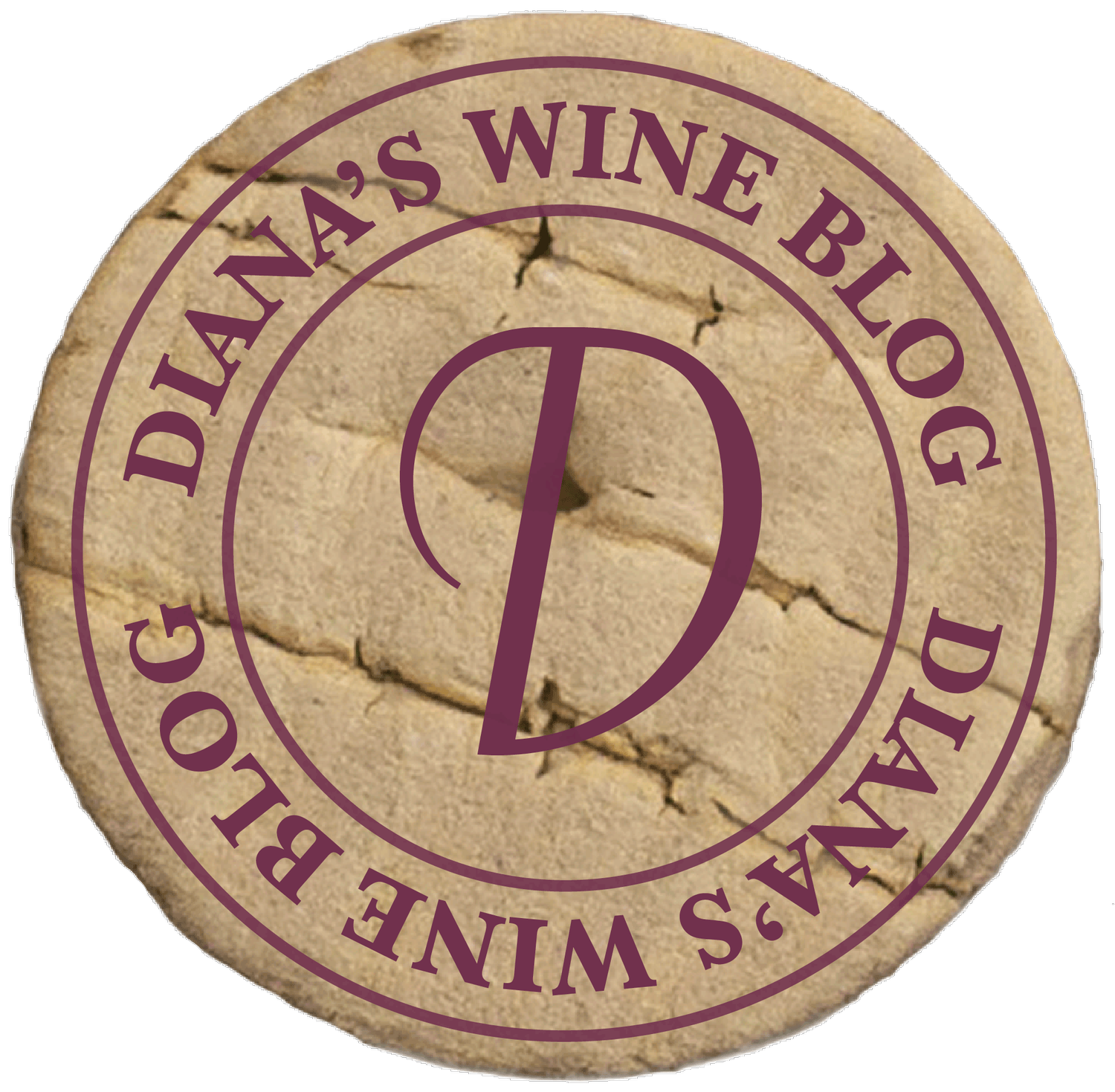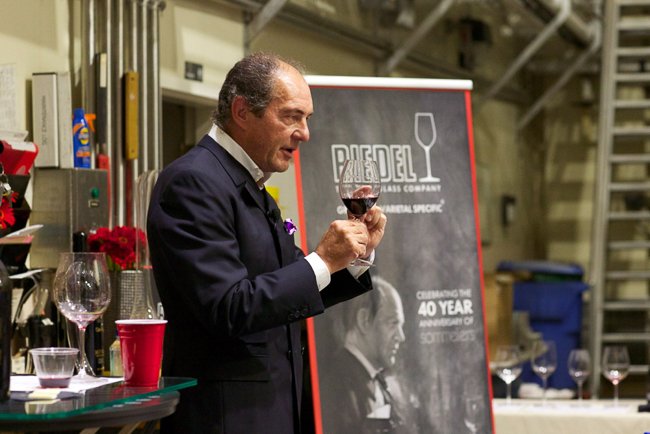
Let’s Make It “Crystal” Clear!
Auction Napa Valley got off on a surprise note for me this year. I received an invitation to attend a special tasting at Miner Family Winery on Thursday evening. It was a seminar led by Georg Riedel. Yes, the glassmaker. He is the 10th generation of the family that started the revolution of utilizing the right shape for the right varietal. Riedel is family-owned and operated. They are recognized world-wide for their design of glasses and decanters to maximize the enjoyment of wine and spirits.
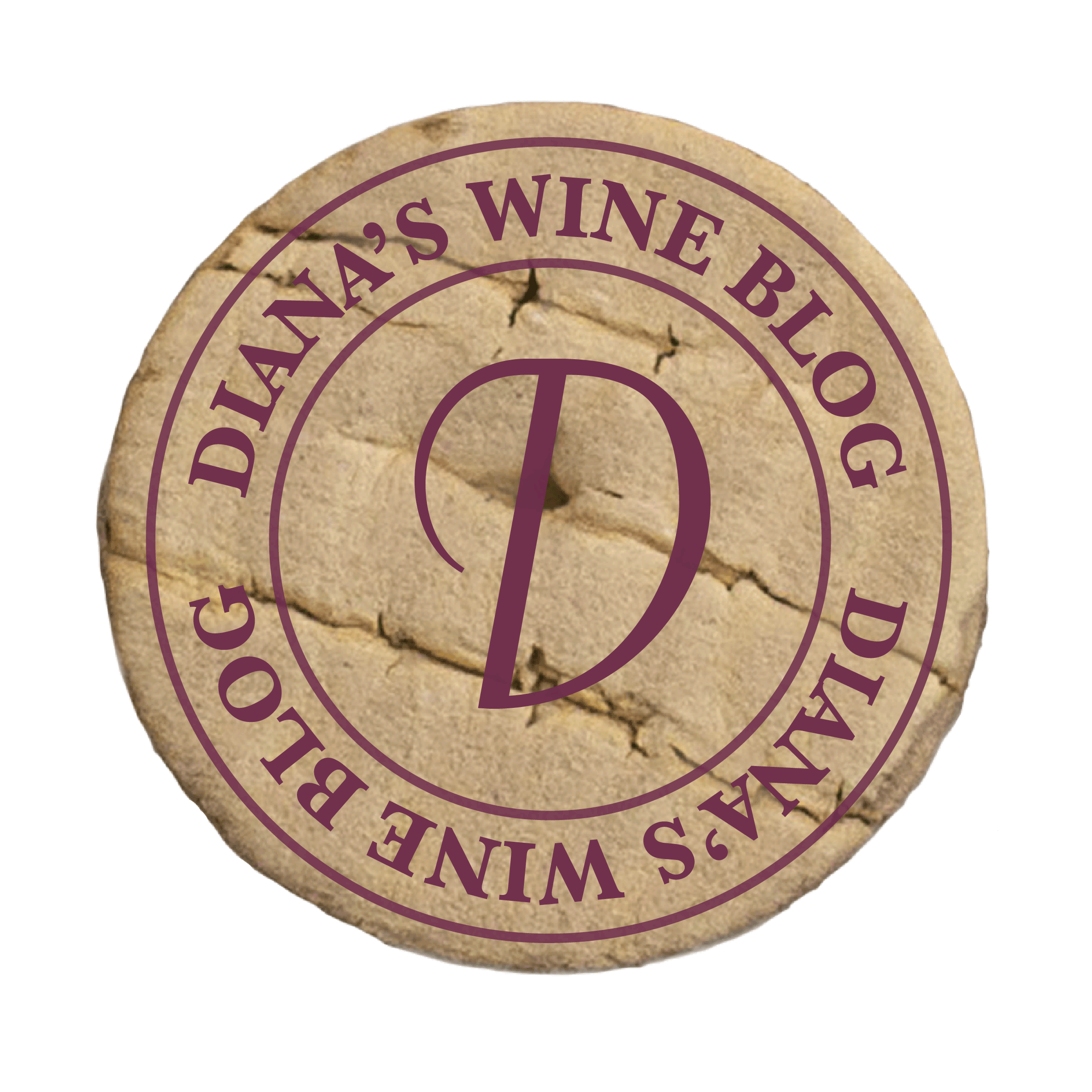
How Long Should I Keep My Wine — or “Oops…”
Just yesterday, a friend emailed a photo of a bottle of 2002 Zinfandel from Peju. He was clearly excited to open the bottle on a Saturday night to enjoy with his wife. He asked if I had any thoughts about the wine, and (of course) I did. Simply from the varietal, the year, and the winery, I knew it would be past its prime. I let my friend know; and his response was, understandably, “oops.” This experience gave me the idea for this week’s blog.
Now, the fact that this Zinfandel was past its prime means nothing derogatory about Peju — it is a fine winery (although they are not known for their Zinfandel). But it does say something about the varietal. Zinfandel is not the most ageable wine. It is generally meant to be drunk young, in the 3-5 year time frame. This particular bottle should have been drunk for maximum pleasure from 2003-2006. It’s understandable that my friend would have thought, “Wow, this is a well-aged red wine that we’ll be enjoying.” But older isn’t always better.
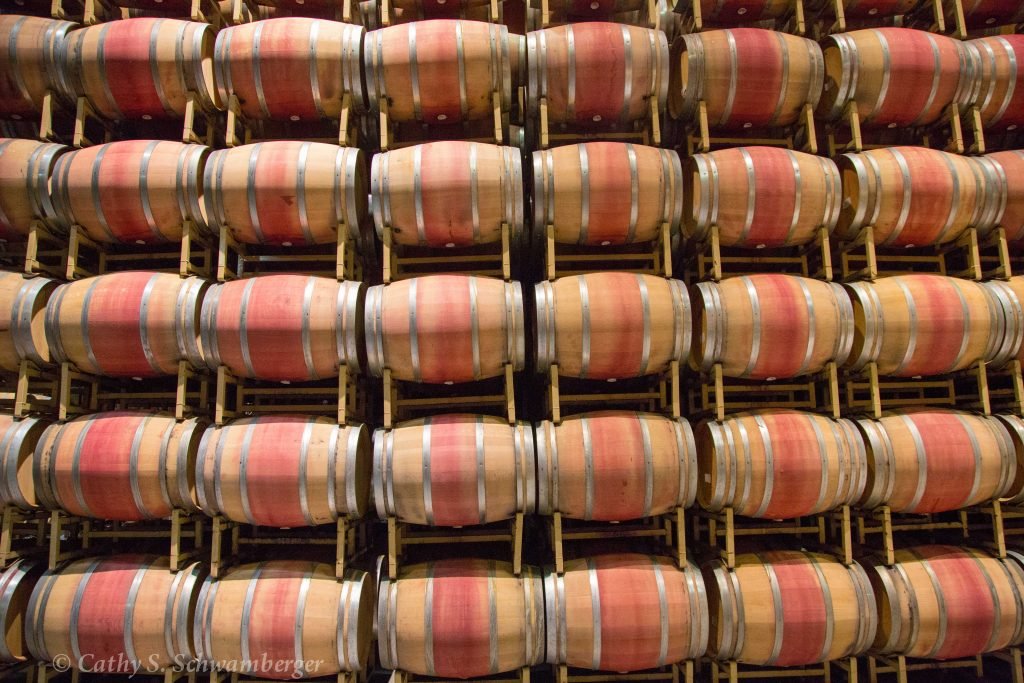
Let Them Eat Cakebread!
February is a quiet time in Napa Valley, as many visitors wait until it’s warmer to visit. While it is quiet relatively speaking (there are more visitors to Napa Valley then to Disneyland), there are still many new wines to be tasted. Typically, wineries release their wines in the early spring (sometimes February) and in the fall. One typical way to release new wines to the public is via a release party. Mostly, release parties are by invitation to the wineries’ mailing lists or wine clubs, but many times you can be included if you’re aware the release party is taking place and you call ahead. Release parties are often publicized on a winery’s website.
Such was our recent visit to Cakebread Cellars for their release party. This is one of the family-owned wineries in the valley. Let me also say that still today over 95% of the wineries in Napa Valley are family-owned. Cakebread Cellars opened over 39 years ago. Jack Cakebread came to photograph the Napa Valley for a book; and, while there, his interest was piqued in owning and running a winery. And that truly was the genesis of Cakebread. This winery was also one of forerunners in wine and food pairing. Jack’s wife, Dolores, was known for her winery dinners. This many years later, Cakebread still highlights pairings and recipes on its website (www.cakebread.com) and offers cooking classes at the winery. I remember visiting Cakebread in the early 1970s, when the tasting room was a small barn-like structure. Today, it is a beautiful, modern structure; but it still has a rustic theme.

“Taint” What It Should Be!
Dining out with great friends and with a great bottle of wine is one of the pleasures in life. In a nice restaurant, there is a process, once you have selected a wine from the list (or brought one from home), of serving the wine. The server will present the bottle to allow you to confirm that it is what you ordered and then open the bottle.

Storing Wine Over the Refrigerator or Stove? Oh, No!
All of us have specific preferences for temperature and sunlight. I have mine: It’s a temperature of above 60 degrees with an ample amount of blue sky and not too much moisture (rain, that is). (Hmmm, that sounds like a good argument for living in California…) I discovered my preference while living in the frozen tundra of Minneapolis for several years!
My point is that, just like people have preferences for their “ideal climate,” wine also has its “ideal climate.” If you’ve visited wineries, toured their facilities, and walked through the caves, you can see that the winery is built for temperature control, even if electricity is lost. You’ve likely heard the number “55 degrees” as an ideal temperature for storing wine. Well, it’s all about controlling the reaction in the barrel or the bottle. A bottle of wine will turn to vinegar left to its own devices and open to air.
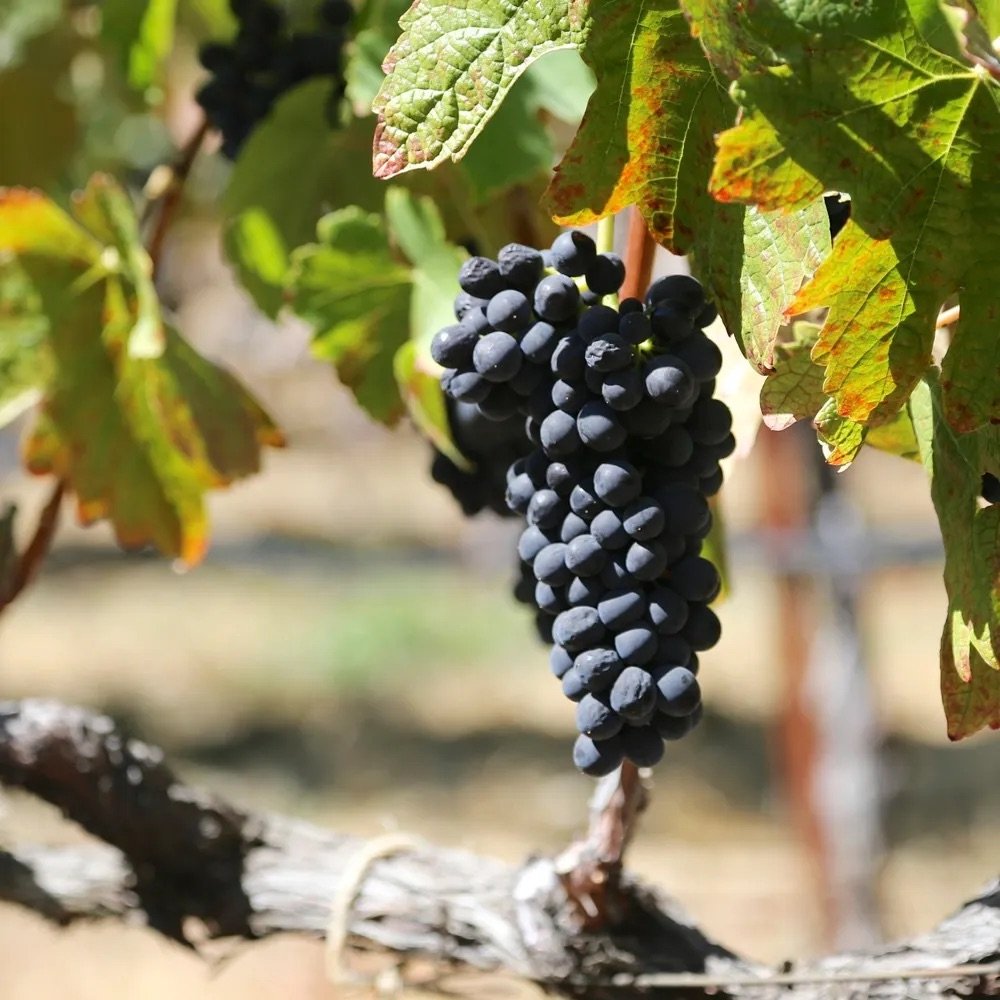
Call Me a “Cab”!!!
Cabernet Sauvignon has been referred to as the King of red wine grapes and the varietal of preference for many. Cabernet Sauvignon and blends where the Cabernet Sauvignon grape predominates are some of the most prized wines produced in California. Cabernet Sauvignon (often referred to as “cab” or “cabernet”) is dry, full flavored, and made to be long-lived. The aging potential can be 10-20 years or more. Yet, do you know where the varietal comes from? Interestingly, it is a relatively new varietal – the product of a crossing between Cabernet franc and Sauvignon blanc during the 17th century in France. Since that time, Cabernet has traveled all around the world and is the dominant grape grown in Napa Valley.
Let’s talk about what it is that has that beautiful, full-bodied wine be designated a Cabernet. In order for a wine to be called a Cabernet, 75% must come from Cabernet Sauvignon grapes. The wine maker may then blend in other grape varieties to produce the best possible outcome. Depending on the vintage and the yield (plus many other factors), he or she may add Merlot, Cab franc, Syrah, Mouvedre, or other grapes to round out the flavor profile. The 75% rule is true for all wines in the United States: In order to be called a specific variety, 75% must come from that variety. If it’s less than 75%, the wine needs to be called a blend.

A Word about Ratings
It seems today that everything is rated, in one way or another: movies, restaurants, Olympic dives, and so on. Wines are rated as well, and it can be confusing. You may wander through the store and see ratings by Wine Enthusiast, Wine Advocate, and/or Wine Spectator. Or maybe you’ll see Wilford Fong or Gold Medal Winner. The list seems almost limitless.
The first question to ask is why? What do the ratings matter? I like what I like, right? Well, yes and no. Wine is an artful expression of fruit that has been transformed into a delightful beverage that we enjoy. It is also a balance of fruit, alcohol, and tannins (if we’re talking about red wine). (Tannins are found in the skins and seeds of grapes, and their presence gives you the feeling of dryness in your mouth.) If there’s too much of one, the wine will not be pleasurable. If there’s too much alcohol, the wine will feel hot and overpowering. If there’s too much fruit, without the alcohol and tannins, the wine will be flat or flabby. If the tannins aren’t fully ripe, the wine will be harsh and almost astringent.
So what does this have to do with ratings? Well, that is the value, in my opinion, of the ratings. Ratings give you confidence that you’re buying a well-crafted wine, one that most likely has a good balance of fruit, alcohol, and tannins. The first step to enjoying wine is to have a well-structured, well-balanced wine.

A “FEW” Things about Exploring Your Wine
This week, let’s talk more about how to explore what’s in your glass. After all, isn’t that what it’s all about?
There’s more in the glass than just fruit. While the prime component is grapes, part of the fascination of wine is discovering what other aromas, flavors, and nuances are expressed in the wine. Different varietals have characteristic flavors and aromas – yet not always. There are many factors that affect the flavors and aromas that are represented in the glass, including water, sun, wind, soil type, and even plants that grow in the region. For example, Shiraz from Barossa Valley (in Australia) has a slight mint aroma that is brought out by the eucalyptus trees that are indigenous to the area. These are intriguing factors, and the fun is to discover what is there, to really explore.
Let me share a process that will assist you in becoming more aware of what’s in your glass. Practice and allow yourself to discover along the way. Don’t feel any pressure to “get it right.”

Being “Nosey”
Let’s talk some more about the nose to glass. There was a time that our sense of smell was primarily for protection. But, today, the sense of smell for humans is one of the primary senses of pleasure. In fact, many of the things we taste are a function of what we smell. We can discern, in varying degrees, thousands of scents. It stands to reason that the beauty (or not) of a wine begins with the scent (termed “the nose”) of what is in the glass. Given the nuances we can discern, it makes sense that we give ourselves the greatest opportunity to explore what is in the glass through our nose.
There are many subtle aromatics, so the first thing to do is to sniff. Then swirl (to liberate those aromas) and sniff again. Let yourself identify what you smell. Since we can only discern one aroma at a time, sniff, then identify, then push that aside mentally and sniff again. What is that next aroma? Really allow yourself to investigate.

“Desperate” for Crystal
I will admit it – I was a big fan of Desperate Housewives. Bree, while not my favorite, was always very sophisticated and well-heeled – until the night she was going to take her life in a hotel room. She set the stage with fine linens, her best nightgown, her favorite chardonnay. Then, she proceeded to pour the chardonnay into a plastic disposable cup. UGHHH!!
Fortunately, Bree’s suicide attempt was interrupted, but let’s talk about why the glass matters. Wine can be drunk from any type of vessel, yet the result will not be the same. As I mentioned last week, what we experience with wine is about 75% driven by what we smell. The source of the aromas is the volatized esters in wine. Those are the floral, blackberry, and strawberry aromas (just to mention a few). We can discern only five distinct flavors on our tongue: sweet, sour, salt, bitter, and umami (a Japanese word that translates to meaty or savory). However, we can distinguish thousands of odors.
